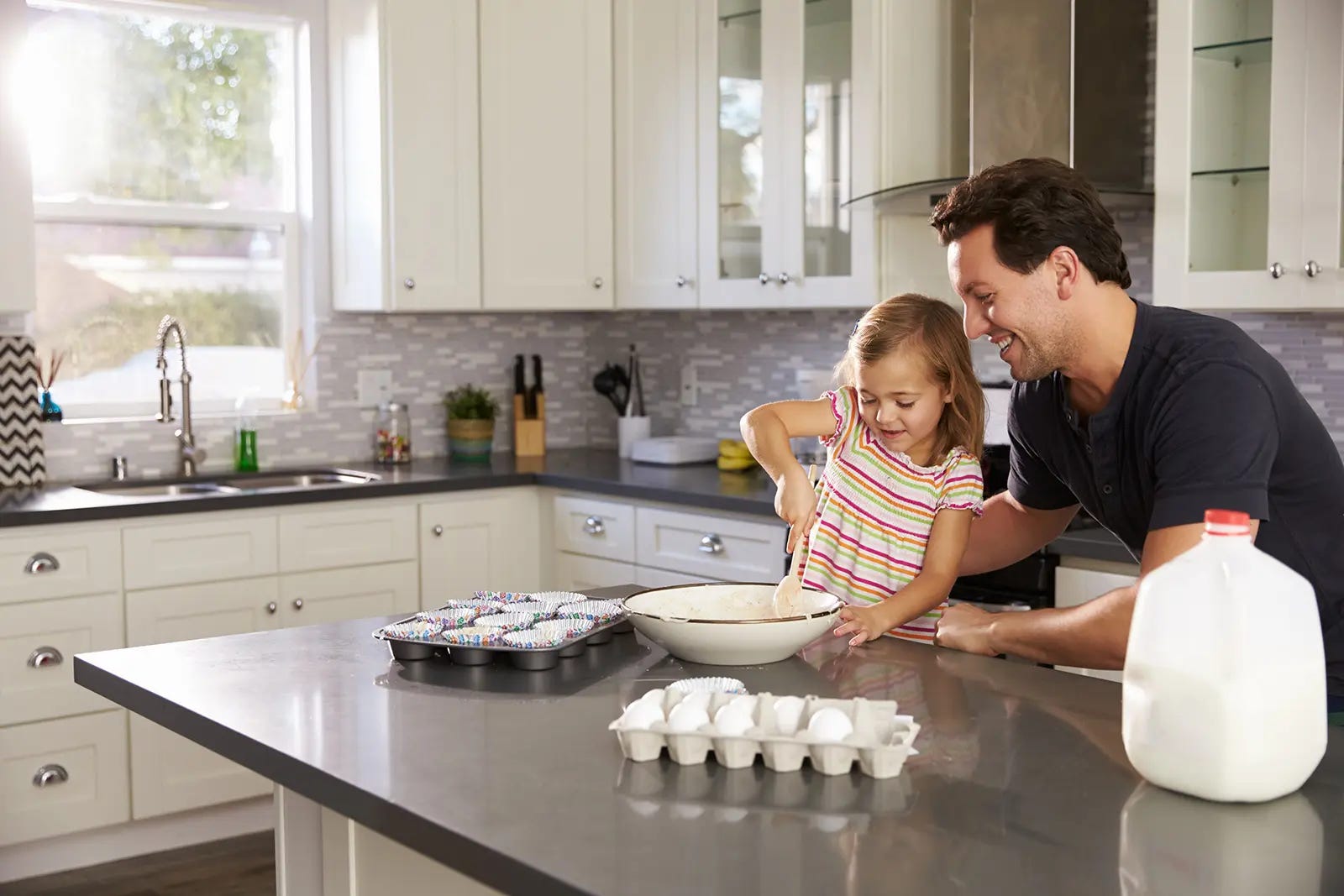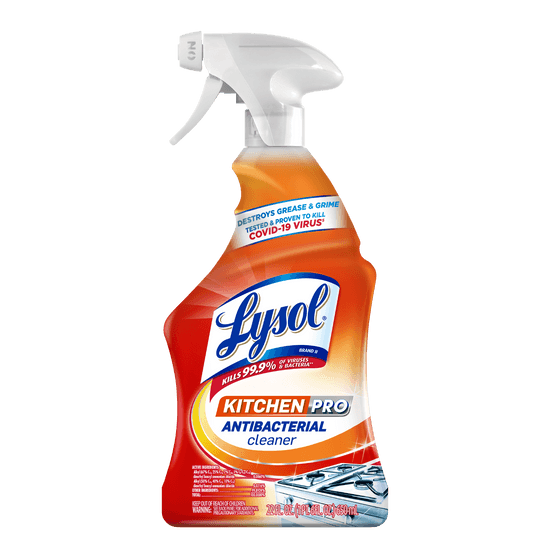All About Bacteria & How it Spreads
From inside your digestive system to your home, bacteria can be found everywhere. Let’s take a look at what bacteria are, how they are spread, and the ways you can help keep bad bacteria at bay with the help of Lysol®.
So, what are bacteria?
Bacteria are a type of germ. They are tiny living cells which are not visible to the naked eye and thrive in a variety of different environments. Bacteria can be found almost anywhere from inside the human body, to surfaces in the home and substances such as water or food.1
What is the difference between bacteria and viruses?
A virus is another type of germ, however unlike bacteria viruses cannot survive unless they have a living host such as the human body or an animal. Another difference between bacteria and viruses is that most viruses do cause illness. Some of the most common viral infections include the cold and flu viruses.2
Are bacteria bad for you?
There are particular types of bacteria which can be harmful to you and your family. If you consume or come into contact with these harmful bacteria, it can make you unwell. Harmful bacteria are usually called pathogenic bacteria because they cause disease and illnesses like strep throat, staph infections and food poisoning.3
Although some types of bacteria can make you very unwell, there are lots of other types of bacteria, such as those found in yogurts and inside your digestive system, which are not harmful. In fact, many bacteria are actually good for you and have lots of benefits such as aiding digestion and keeping you healthy inside and out.4
How does bad bacteria spread?
Bacteria can be spread in a number of ways including:
- Person-to-person contact e.g. shaking hands
- If someone is unwell they could spread bacteria through the tiny of droplets of fluid which are released when they cough or sneeze
- Consuming food which is infected with harmful bacteria
- Certain bacteria can survive on household items and surfaces for a number of hours – touching these surfaces will help bacteria to spread
Bacteria in the home
Bacteria are invisible to the naked eye, so it’s easy to forget that there are plenty of places in the home where bacteria might be lurking. It’s no surprise that the kitchen and the bathroom are the worst offenders for harbouring a whole host of potentially harmful bacteria. Research has shown that the toilet bowl, kitchen drain, kitchen sponge, bathtub, and the kitchen sink rank highest for the average number of bacteria per square inch.5
Of course, not all of this bacteria will be harmful, but some common household bacteria could make you and your family sick.
These include:
- Staphylococcus aureus, or staph
- Salmonella
- Escherichia coli, or E. coli6
Given the right nutrients and environment, certain bacteria can divide and multiply every 20 minutes, which explains why symptoms of illnesses often show up quickly after you have come into contact with harmful bacteria.6 Regular and effective cleaning, with the right cleaning and disinfecting products, can make a big difference in protecting your family from illness-causing bacteria, such as the ones listed above.
What does antibacterial mean?
Simply put, antibacterial means anything that destroys bacteria or inhibits the ability of bacterial growth and reproduction.
How can the home benefit from antibacterial products?
When you’re short on time, a quick spruce and surface wipe down might seem like a job well done. But those areas in your home which are prone to harbouring bacteria require a more thorough clean to ensure harmful bacteria don't have the chance to thrive. That’s where antibacterial cleaning products come in.
Cleaning products with antibacterial properties help to destroy and inhibit bacterial growth, providing extra protection for your family. When used as directed, Lysol® antibacterial cleaning products can kill up to 99.9% of bacteria found on the surfaces in your home.

Bacteria in the kitchen
It’s where you prepare family meals and is widely considered to be the heart of the home, but the kitchen can easily become home to a whole host of bacteria. From raw meat to the rubbish bin and even fruit and vegetables, there are plenty of places for potentially harmful bacteria to flourish in the kitchen, so it’s important to stay on top of your cleaning game.
You can help protect your family from harmful foodborne illness with Lysol® Kitchen Pro Antibacterial Cleaner Trigger. The grease fighting power of this kitchen cleaner helps to clean up even the toughest kitchen messes without a harsh chemical residue while killing 99.9% of bacteria.* Use on countertops, sinks, stovetops, and more to help keep your kitchen healthy and clean. Always follow directions for use.
Bathroom bacteria
It’s where you go to clean up, but the warm and moist environment in your bathroom makes it the perfect place for bacteria to thrive.
Lysol® Hydrogen Peroxide Bathroom Cleaner makes light work of bathroom cleaning. Antibacterial ingredients get to work killing 99.9% of bathroom bacteria, and viruses,* while the hydrogen peroxide disinfectant formula releases thousands of micro-bubbles to dissolve stains and soap scum.
*When used as directed
Related Articles
SOURCES:









.png?width=550&height=377&format=png&quality=80)


.png?width=550&height=377&format=png&quality=80)
.png?width=550&height=377&format=png&quality=80)


.png?width=550&height=377&format=png&quality=80)
.png?width=550&height=420&format=png&quality=80)
